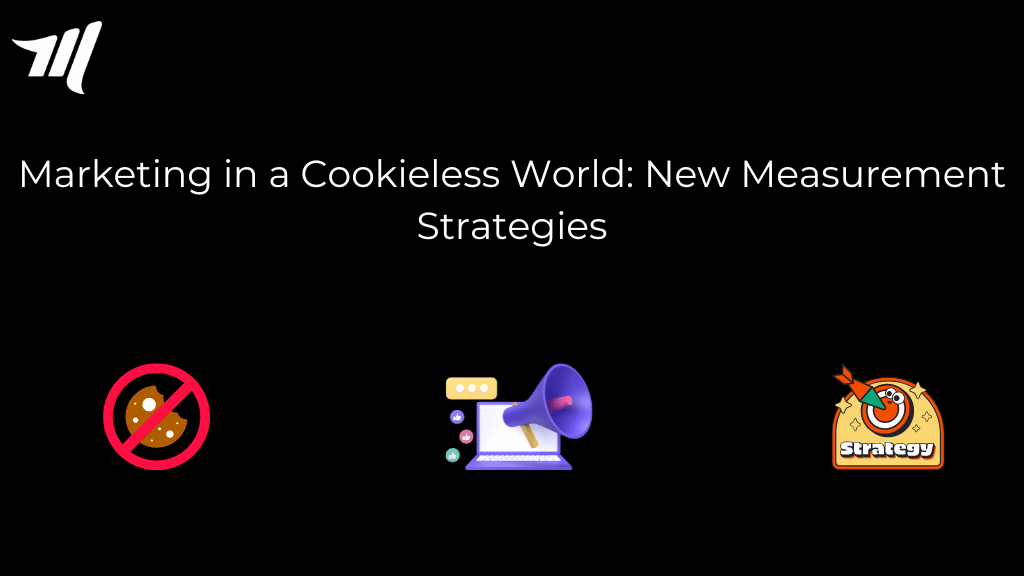Tips for modifying and expanding your marketing measuring strategies for long-term success in a cookie-less future.
We are reaching a turning point in how we examine the effect and value of our marketing initiatives, regardless of how long the deprecation of third-party cookies on the Chrome browser is postponed.
In the unavoidable cookie-less future, evaluating marketing’s ROI and conveying its worth to the organization will necessitate a strategy adjustment. It’s necessary to reconsider our performance evaluation techniques to protect money and guarantee that marketing’s value stays measurable.
1. Evaluate existing marketing measurements
Before looking into possibilities for maintaining insights, executives must first do the following procedures to conduct a marketing measurement audit:
- Determine how and why third-party cookies are employed in your marketing approach. Third-party cookie usage includes ad retargeting, tracking pixels to evaluate how potential consumers engage with your content, multitouch attribution, and live chat services that aim to improve the user experience on your website.
- Determine whether your marketing measurement was handled by an external party. If so, start a discussion on using new strategies that are less reliant on third-party cookies. Include inquiries such as, “How is third-party cookie deprecation impacting our current measurement products?” and “What do you recommend to ensure the continuity of our current insights and measurement?”
- If your marketing measurement was established internally, look into how your website sources and uses third-party cookies, asking questions such as, “Are we tracking the source of visitors to our site through third-party cookies?” and “Does our attribution methodology use third-party cookies?”
2. Increased first-party collection of information can help close the measurement gap
Once you’ve thoroughly verified your existing attribution technique, it’s essential to consider your methodological choices so that insights may be retained in the future. You can take two actions:
- Upgrade your existing technique to mitigate the effects of third-party cookie deprecation.
- Diversifying your measuring strategies will help you become less dependent on third-party cookies.
Invest more extensively in first-party data collecting. Fine-tune your attribution models to optimize first-party data, with an emphasis on identity resolution as the key to delivering a consistent and better customer experience across touchpoints.
Multitouch attribution uses third-party cookies to monitor touchpoints related to a commercial transaction, whereas identity resolution focuses on first-party data gathering and client identification using deterministic and/or probabilistic methods. Obtaining additional information about a website visitor will make it easier to connect conversion channels based on previous first-party interactions.
First-party cookies keep track of interaction history, allowing you to employ a fractional attribution model to replicate previous measurement methodologies that used third-party cookies.
3. Use creative methods to guarantee complete measurement
To provide a comprehensive picture of marketing influence, you must improve current attribution methodologies and invest in new measuring techniques.
Marketing mix modeling (MMM) is an effective measuring strategy for B2C organizations because of its ability to track how marketing channels interact, offering a comprehensive view of your marketing expenditure and how it affects business outcomes. MMM may also track how changes in spending levels affect business performance and evaluate the impact of external factors.
Because of the low transaction volume and lengthy sales procedure in B2B, it is advisable to go beyond MMM. Use full-life-cycle closed-loop measurement to accurately assess the impact of marketing strategy and sales interactions.
By following these steps to integrate new methodology, you can avoid losing insights from legacy measurement approaches and keep your marketing value story robust in the face of severe headwinds.
Source- Martech





